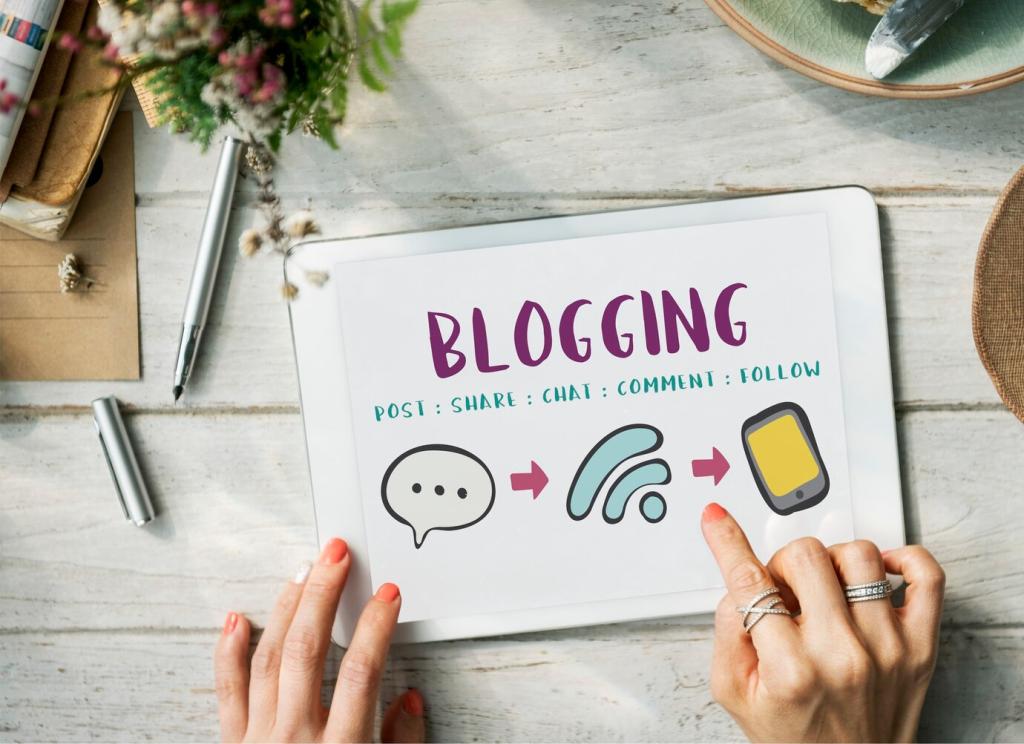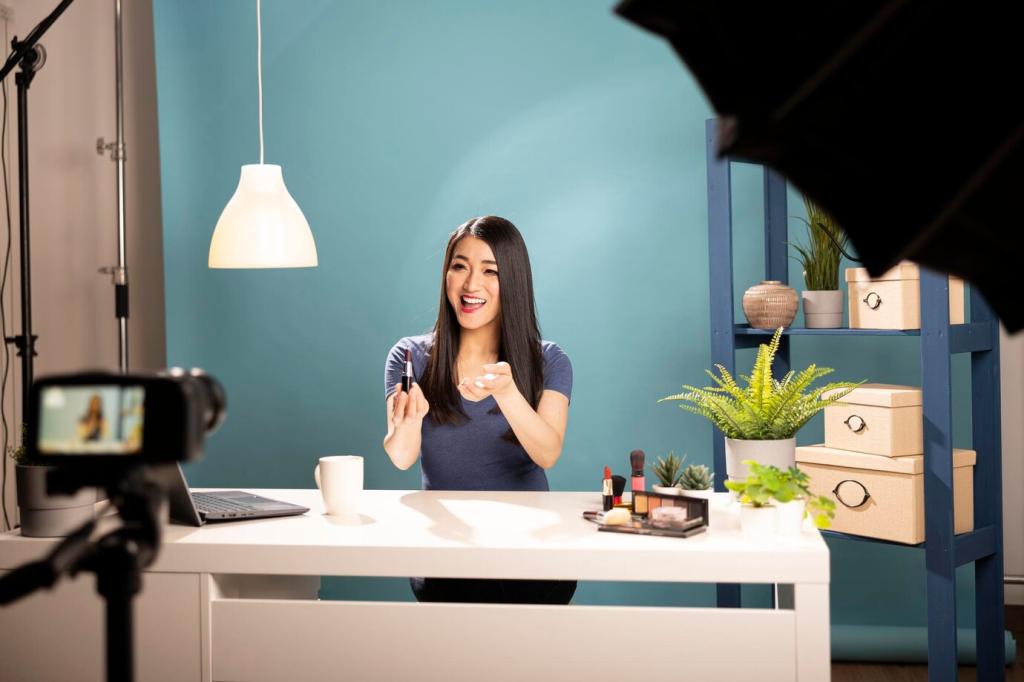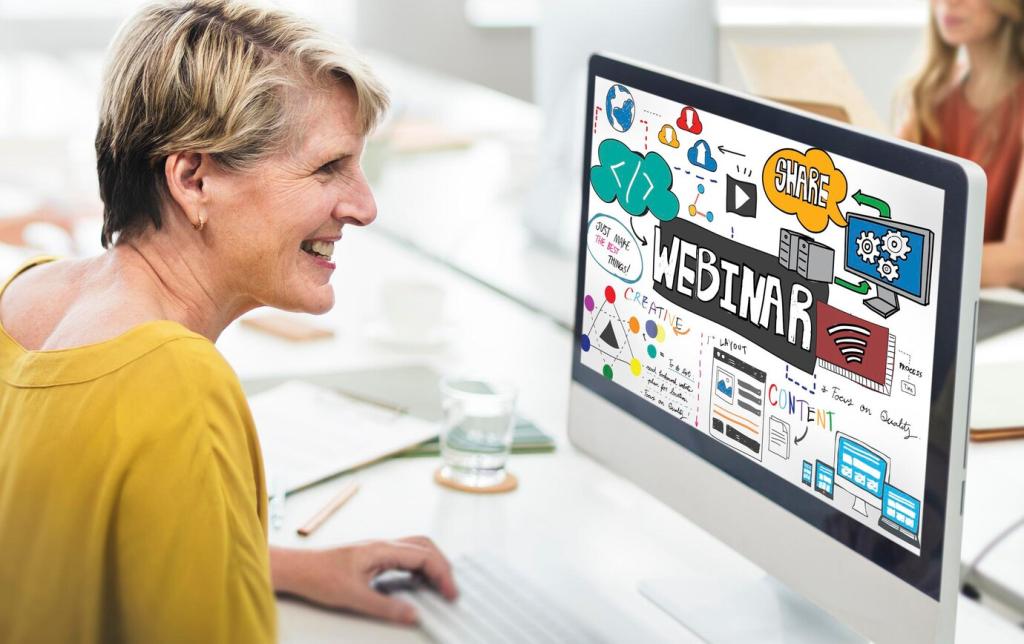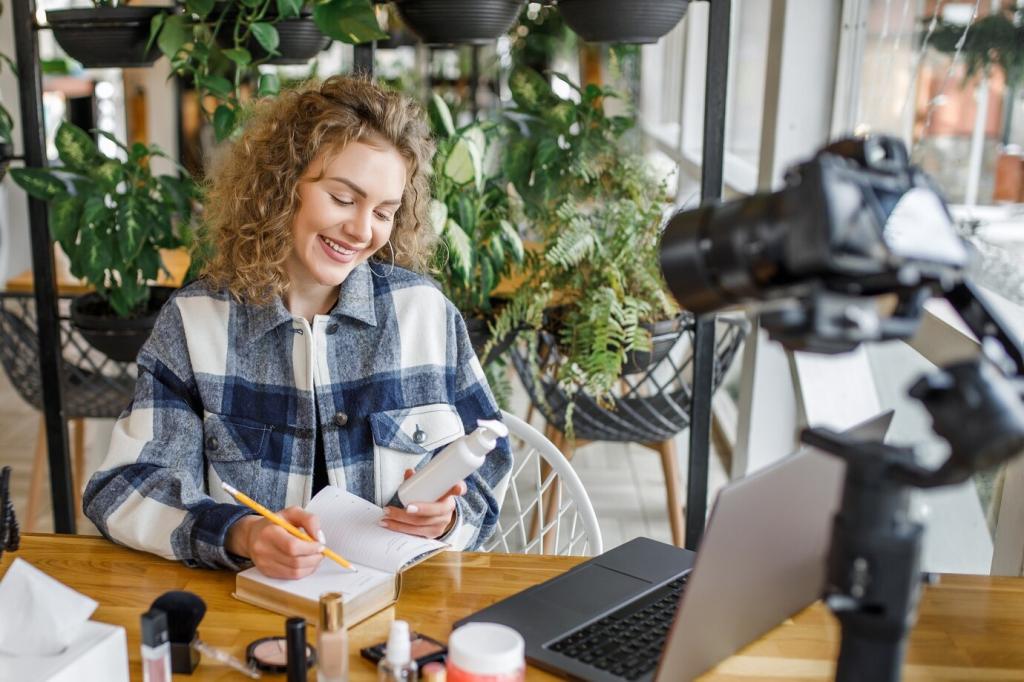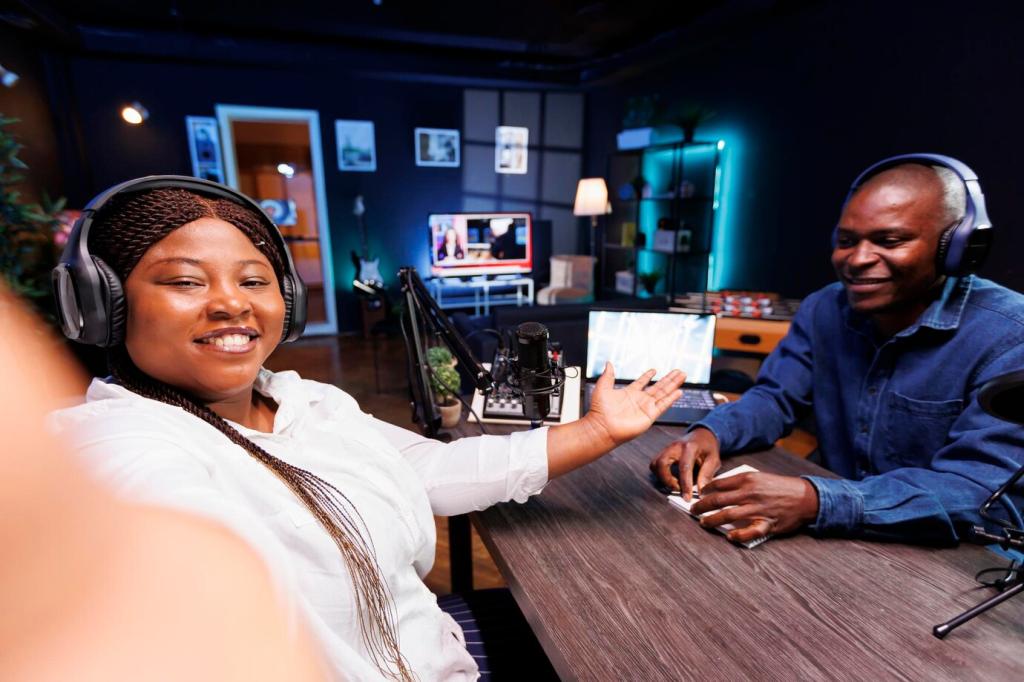Story-Driven Layouts
Use a problem–insight–solution arc to choreograph movement. Each section title sets the beat; each paragraph advances the plot. Tell us how you structure landing page stories so users feel pulled forward, not pushed through.
Story-Driven Layouts
A sharp metaphor can simplify tough concepts without dumbing them down. It also paints a picture that designers can style. Share a metaphor that helped your users “see” a feature instantly, and how it influenced your visual direction.

